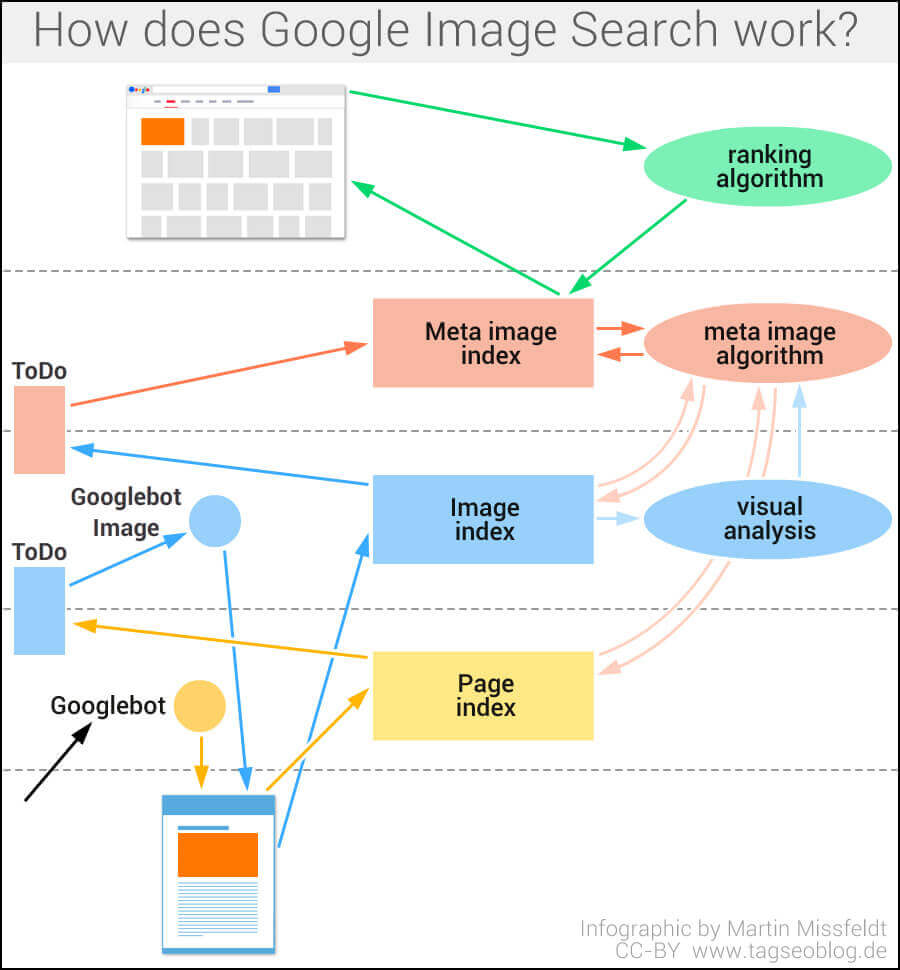
Image search is an often-overlooked element of SEO, but hotels that take the time to optimize their imagery will find that it can bring significant benefits to their marketing efforts. With travel being such a visual and emotive industry, strong imagery, made easily searchable through strong optimization, can be a good way to inspire travellers to visit your destination, show off your hotel’s venue or event/function facilities, and build the overall brand of your hotel.
The following article explains how hotels can better optimize their images for search engines to ultimately bring more people (and hopefully potential guests) onto the website.
How search engines index and rank images
Gianna Brachetti-Truskawa of Bold Ventures has a great explainer (itself based on image optimization expert Martin Missfeldt’s book and own work on the topic) describing the complex algorithm and technology driving Google image search.
For every photo uploaded onto a website, Google doesn’t save “your” image, but rather “the” image (i.e. an internal meta copy) to its own index. Google then uses artificial intelligence to identify what’s IN the image, whether that be a person, furniture in a bedroom, a sunset, etc. (If you’re interested in seeing this in action, check out Google’s Cloud Vision API to test out their image analysis capabilities.)

If it’s a unique image, Google will associate their internal copy to the original website source, analyze on-page signals on that source, and map important keywords to the image. As long as that specific image remains unique, the image source will always link to the original source page.
Of course, if there are multiple copies of the image already online—for example, if the image on your website is a stock photo—then Google will map the multiple URLs to their meta copy, but only display the meta copy in the search results.




